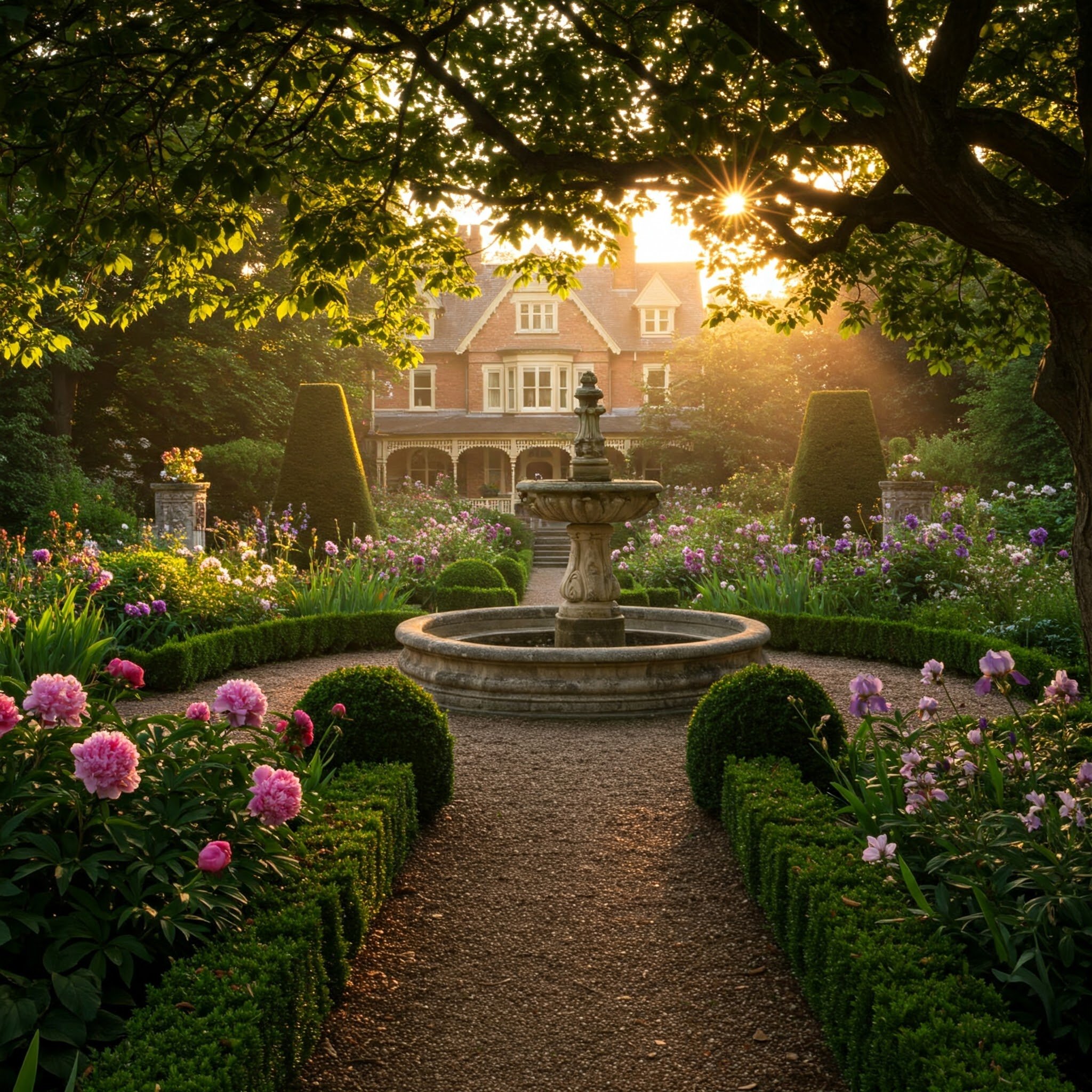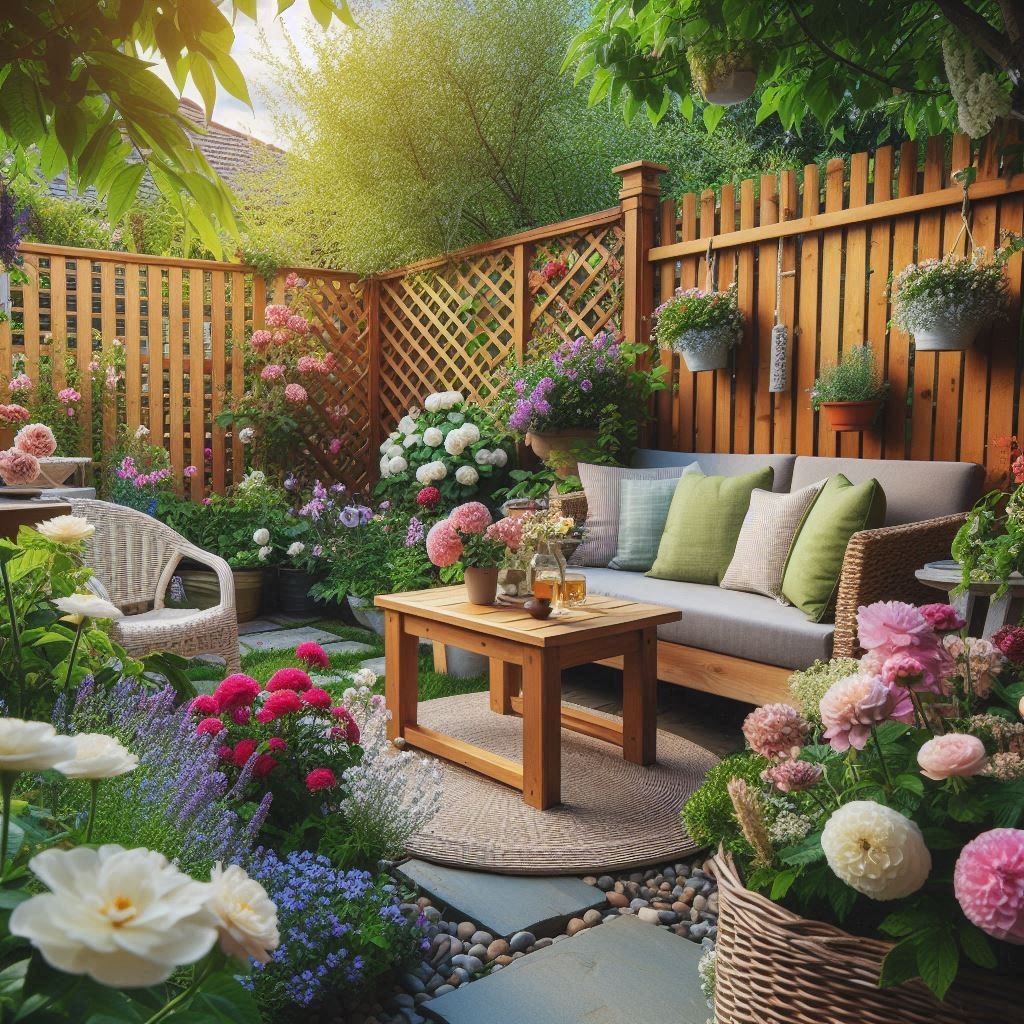Smart Garden Planning for Small Urban Spaces
Maximize your outdoor area with smart garden planning tips designed for small urban spaces—grow more with less and create a vibrant green retreat.
As urban living becomes the norm for much of the world’s population, the desire to reconnect with nature hasn’t diminished, it has evolved. People living in apartments, condos, or homes with limited outdoor space are turning to creative garden solutions to bring greenery into their lives. Whether it's a balcony garden, a rooftop oasis, or a modest backyard, smart garden planning can make a small space feel lush, organized, and sustainable.
The Rise of Urban Gardening
In recent years, urban gardening has seen a significant surge. According to the UN, more than 55% of the world's population lives in urban areas, a figure expected to reach 68% by 2050. As concrete dominates the skyline, more individuals are discovering the physical and mental health benefits of green spaces, even in compact environments.
Urban gardens contribute to better air quality, reduce stress, support biodiversity, and can even supplement food supplies. But turning a tiny patio or balcony into a thriving green zone requires more than enthusiasm - it takes strategic planning.
Key Principles of Smart Garden Planning
Designing a small urban garden presents unique challenges but also offers a chance to get inventive. Here are several key principles to consider when planning:
1. Assess Your Space
Begin by analyzing the size, shape, sunlight exposure, and wind conditions of your area. These factors will influence the type of plants you can grow and how you arrange your garden. Vertical spaces like walls and railings are often overlooked but can be used efficiently with hanging pots, trellises, or wall planters.
2. Define Your Garden Goals
Are you growing for beauty, food, relaxation, or all of the above? Clarifying your goals early on will help guide your choices. For example, edible gardens might prioritize raised beds and containers with vegetables and herbs, while a calming retreat might focus on textures, colors, and scent.
3. Go Vertical and Modular
Limited square footage means thinking vertically. Stacked planters, shelving units, and climbers allow you to add greenery without occupying valuable floor space. Modular furniture and mobile plant stands also help to make the garden flexible and easy to rearrange when needed.
4. Use Multi-Functional Elements
Furniture that doubles as storage, planters that act as dividers, or benches with built-in greenery are smart ways to maximize utility in small gardens. Consider foldable tables or retractable shades to adapt your garden to different times of day or uses.
5. Opt for Low-Maintenance and Native Plants
Low-maintenance plants like succulents, herbs, and native species tend to thrive in urban environments and require less water and care. These plants are more resilient to fluctuating urban microclimates and can reduce the time you need to invest in upkeep.
Planning Tools for Better Results
One of the most effective ways to design a small garden is to use a garden planner. Tools like Planner 5D allow users to visualize their outdoor space in 2D and 3D, experiment with plant placement, furniture arrangements, and layout designs before purchasing any materials.
With a garden planner, even novice gardeners can play with various elements—from pathways and flower beds to decks and lighting—making it easier to create a harmonious and practical design. These tools often include real-world object dimensions, so you can ensure that every element fits and serves a purpose.
Smart Gardening Tech Trends
Urban gardeners are increasingly turning to smart technology to enhance their gardening experience. Here are a few innovations worth considering:
Smart Irrigation Systems: Automated watering systems that adjust based on weather forecasts can save water and ensure optimal plant health.
Indoor Grow Lights: Useful for extending your growing season or maintaining indoor herb gardens.
Garden Sensors: These devices monitor soil moisture, temperature, and light levels and can be connected to your phone for real-time updates.
Mobile Apps: Apps help track plant care schedules, identify plant species, and even diagnose common diseases.
By combining these technologies with good design, small-space gardens can become highly productive and low-maintenance.
Real-Life Urban Garden Inspiration
Urban gardens around the world showcase just how transformative these spaces can be:
Tokyo, Japan: With extremely limited space, residents create vertical gardens on their balconies using layered shelving and hydroponic systems.
New York City, USA: Rooftop gardens are not just trendy, they're essential in some buildings, offering recreational space and even community farming plots.
Barcelona, Spain: Terraces in urban apartments bloom with citrus trees, herbs, and flowering vines, often laid out with precision using digital garden planning tools.
Final Thoughts
You don't need sprawling land to enjoy the benefits of gardening. With smart planning, creativity, and the help of digital tools like a garden planner, even the smallest urban space can become a green sanctuary. Whether your goal is to grow your own food, create a quiet retreat, or simply add beauty to your surroundings, thoughtful garden design makes it possible.
Take the first step: measure your space, visualize your dream garden with a planner, and start growing your slice of nature right where you are.





















